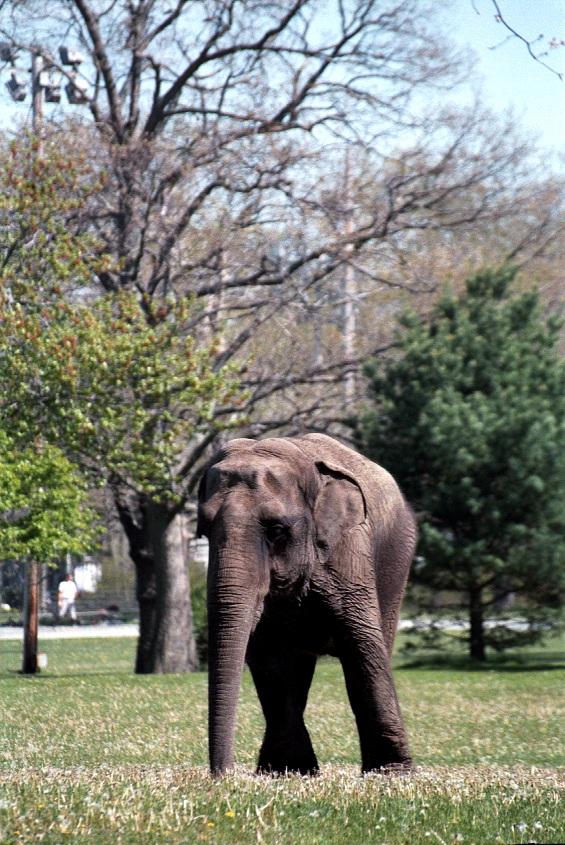|
| 질의: elephant | 결과: 1091번째/1460 | |
Hit or misc. - as01p074.jpg
| 제목: | Hit or misc. - as01p074.jpg
| | 올린이: | "Sonrisa" (smile@the.camera)
| |

| 파일크기 : 109074 bytes
File date : 2000:11:09 19:10:14
해상도: 565x845
Jpeg process : Baseline
Posted Newsgroups: alt.binaries.pictures.animals
Posted 촬영일: Sun, 23 May 1999 18:22:03 -0400 |
Hit or misc. - as01p074.jpg |
^o^
동물그림창고 똑똑전화 누리집
^o^
|
|

